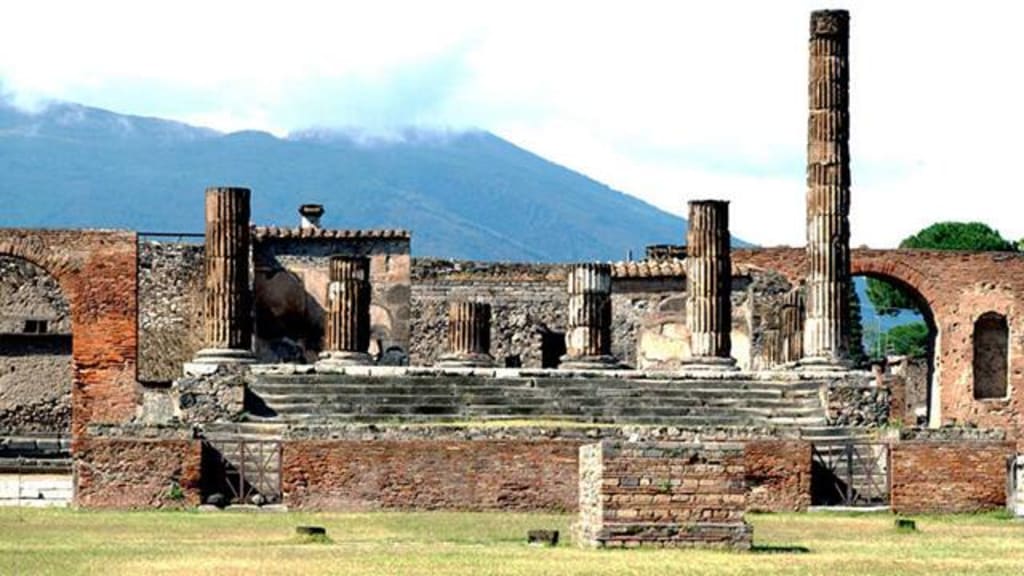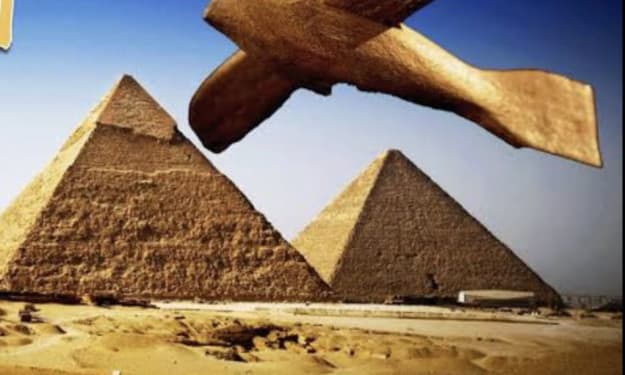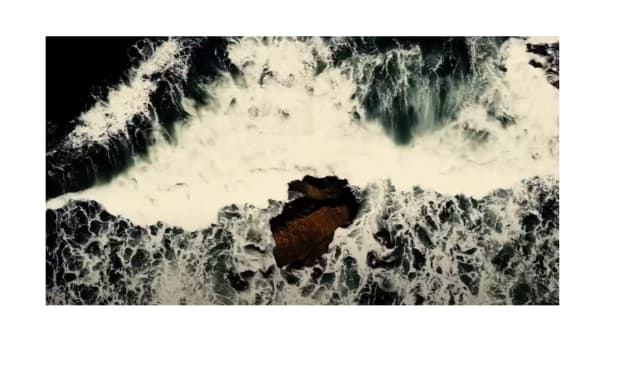
It’s a clamoring day in Pompeii.
Fabia visits the Sanctuary of Venus and offers a conciliatory bird to the goddess,
requesting that she favor her sibling’s forthcoming wedding.
After a speedy visit to the market,
she recognizes her siblings, Lucius and Marcus, crossing the Gathering.
They’re headed toward unwind at the public showers.
Marcus went through the early daytime helping an expert skilled worker lay a great mosaic floor
while Lucius worked in the brickyard.
It’s been a long time since a tremor hit Pompeii and its neighbor Herculaneum,
there’s still development and fix work to do.
Fabia and her siblings examine the new quakes everybody’s been feeling.
Lucius jokes that there’ll continuously be work for men who modify walls in Pompeii.
He lets them know that he is so anxious to tie hands with his sponsa, or lady of the hour to-be.
The kin start examining the upcoming wedding —
however, a stunning blast hinders them.
They watch Vesuvius heave smoke, debris, and rock high out of sight —
what’s more, acknowledge they’ve been living in the shadow of a fountain of liquid magma.
They embrace and appeal to Venus for insurance and Vulcan for benevolence.
Each must now pick how to make due.
They have three choices: look for cover, departure toward the south by walking,
or on the other hand escape toward the west via ocean.
Lucius surges home yet can’t find his sponsa.
He chooses to hang tight for herself and lights an oil light.
Debris and pumice start coming down over Pompeii.
Fabia covers with her better half, Claudius, and their little girls.
Yet, following a couple of hours, their rooftop moans under the heaviness of volcanic trash,
also, they understand they can’t remain.
They choose to travel southeast, away from the fountain of liquid magma.
The family joins multitudes of individuals swimming through hot debris on the cardo maximus
what’s more, starts exploring towards one of Pompeii’s southern entryways.
Marcus at long last arrives at his home in Herculaneum
also, accumulates his better half and kids.
They choose to escape via ocean.
In any case, as they approach the docks,
they find waves overflowing with volcanic matter,
making it incomprehensible for boats to explore adequately close to shore.
Attempting to try to avoid panicking for their youngsters, they group under covered boat moors.
Presently, the deadliest period of the debacle starts.
As of now, the power tossing the volcanic material, or tephra,
out of sight reduces, and it comes crashing down.
Hot debris and poisonous gas surge out in a wave known as a pyroclastic flood.
This first flood inundates Herculaneum.
After one hour, another multiple times major areas of strength for as
breakdowns the town’s excess designs.
These presently can’t seem to arrive at Pompeii,
be that as it may, structures are on fire in the hot, sulfurous air.
Lucius moves out of his wardrobe and attempts his front entryway,
be that as it may, a profound cover of debris and stone won’t allow it to move.
His light gleams and bites the dust.
After over 14 hours, now and again strolling through debris up to their chests,
Fabia, her family, and the other people who left adequately early,
ascend the southern Latarri mountains.
They arrive at a pinnacle and delay to think back.
Another pyroclastic flood surges across the valley, collides with Pompei,
also, sheers off the upper levels of the town’s structures.
Retaliating tears, Fabia keeps on pushing her family on towards wellbeing,
appealing to God for her siblings and individual residents.
As indicated by current investigation, the emission might have endured days or weeks.
At the point when it was finished, right around 300 square kilometers were pulverized,
also, Pompeii and Herculaneum lay under up to 65 feet of tephra.
Notwithstanding some complicated plundering and digging,
these towns stayed covered until true unearthings started during the 1800s.
Archeologists have since dissected skeletal proof and volcanic stores
to remake a timetable of Herculaneum and Pompeii’s last minutes.
They’ve uncovered an impactful look at the encounters of the ejection’s casualties.
A lot of how we might interpret old Roman life —
from food and furniture to engineering and financial aspects —
comes from these vestiges.
In their time, they were just commonplace towns in the Cove of Naples.
However, their rediscovery has given us an unmatched view into the old world
what’s more, the lives that were crushed by calamity.
About the Creator
Enjoyed the story? Support the Creator.
Subscribe for free to receive all their stories in your feed. You could also pledge your support or give them a one-off tip, letting them know you appreciate their work.





Comments
There are no comments for this story
Be the first to respond and start the conversation.